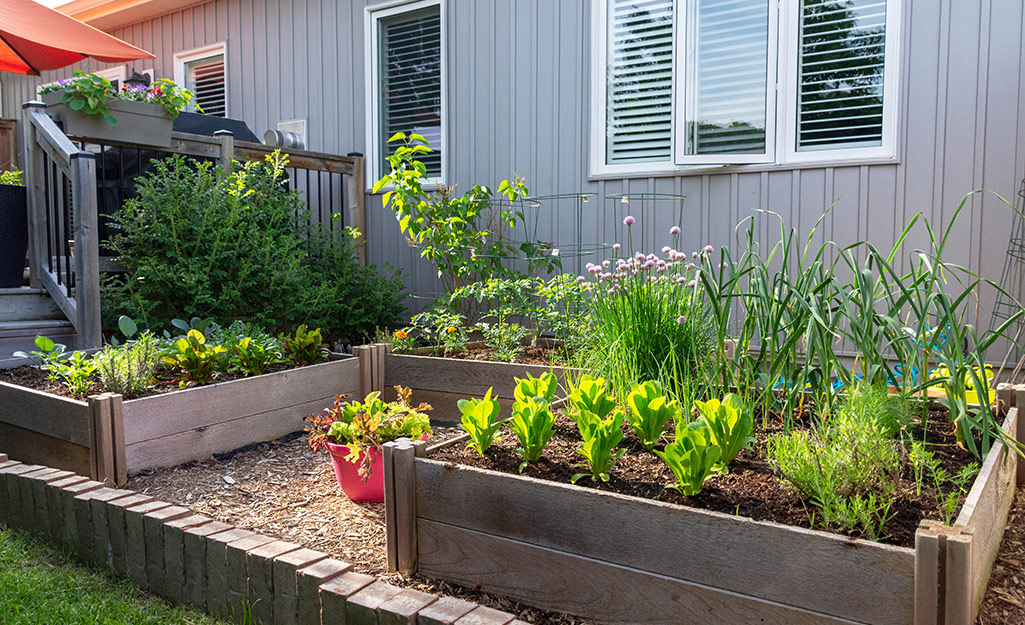Embarking on a journey to create your own sauerkraut at home can be a fulfilling and rewarding experience. Not only does it allow you to control the ingredients, but it also connects you with traditional food preservation methods. This guide will walk you through the entire process of making sauerkraut from scratch, ensuring you have a delicious and healthy result.
Whether you’re a seasoned homesteader or a curious beginner, learning how to make sauerkraut at home is a fantastic way to enhance your culinary skills. In this article, we’ll cover everything you need to know, from choosing the right cabbage to understanding the fermentation process.

What is Sauerkraut?
Sauerkraut is a fermented cabbage dish that is rich in probiotics and offers numerous health benefits. Originating from Eastern Europe, this tangy and flavorful food has been a staple in many diets for centuries. The fermentation process not only preserves the cabbage but also enhances its nutritional value, making it a popular choice for health-conscious individuals.
Benefits of Making Sauerkraut at Home
Control Over Ingredients
When you make sauerkraut at home, you have complete control over the ingredients. This means you can choose organic cabbage and avoid any unwanted additives or preservatives found in store-bought versions.
Cost-Effective
Buying sauerkraut can be expensive, especially if you’re opting for organic or artisan varieties. Making your own is a cost-effective alternative that allows you to produce large quantities without breaking the bank.
Health Benefits
Homemade sauerkraut is packed with beneficial probiotics that support gut health and boost your immune system. By making it yourself, you ensure that the fermentation process is done correctly, maximizing its health benefits.
Choosing the Right Cabbage
For the best results, choose fresh, firm, and green cabbages. Look for those with tightly packed leaves and a heavy feel. Organic cabbage is ideal, as it is free from pesticides and other chemicals that could interfere with the fermentation process.
Essential Equipment for Making Sauerkraut
- Fermentation Vessel: A large glass jar, ceramic crock, or food-grade plastic container.
- Weight: A smaller jar or fermentation weight to keep the cabbage submerged.
- Knife and Cutting Board: For shredding the cabbage.
- Mixing Bowl: A large bowl for mixing the cabbage with salt.
- Cloth and Rubber Band: To cover the fermentation vessel.
Step-by-Step Guide to Making Sauerkraut
Step 1: Prepare the Cabbage
Start by removing the outer leaves of the cabbage and set them aside. Cut the cabbage into quarters and remove the core. Use a sharp knife to shred the cabbage into thin strips.
Step 2: Add Salt
Place the shredded cabbage in a large mixing bowl and sprinkle with salt. Use your hands to massage the salt into the cabbage, breaking down the cell walls and releasing natural juices. This step is crucial for creating the brine necessary for fermentation.
Step 3: Pack the Cabbage
Transfer the cabbage and its juices into your fermentation vessel. Use a tamper or your hands to press the cabbage down firmly, ensuring it’s fully submerged in its juices. Place the reserved outer leaves on top to help keep the shredded cabbage submerged.
Step 4: Weigh It Down
Add a weight to keep the cabbage submerged. This can be a smaller jar filled with water or a specific fermentation weight. Cover the vessel with a cloth secured by a rubber band to allow airflow while keeping contaminants out.
Step 5: Fermentation
Place the vessel in a cool, dark place, such as a pantry or cabinet. Allow it to ferment for 1 to 4 weeks, depending on your taste preference. Check the sauerkraut regularly to ensure it remains submerged and to taste for desired tanginess.
Storing and Enjoying Your Sauerkraut
Once your sauerkraut has reached the desired flavor, transfer it to smaller jars and refrigerate. Properly stored sauerkraut can last for several months. Enjoy it as a side dish, on sandwiches, or as a topping for various meals.
Troubleshooting Common Issues
Not Enough Brine
If you find that there isn’t enough brine to cover the cabbage, you can make additional brine by dissolving 1 teaspoon of salt in 1 cup of water and adding it to the vessel.
Mold Formation
Mold can form if the cabbage is not fully submerged. Remove any moldy pieces and ensure the rest remains under the brine. Clean your equipment thoroughly before use to prevent contamination.
Off Odors
While a sour smell is normal, any foul or putrid odors indicate spoilage. In such cases, discard the batch and start over.
Exploring Sauerkraut Variations
Once you’re comfortable with the basic method, try experimenting with different flavors by adding spices, herbs, or other vegetables like carrots and beets. This not only diversifies the taste but also adds nutritional variety.
FAQs About Making Sauerkraut
Can I use red cabbage for sauerkraut?
Yes, red cabbage can be used. It will yield a beautiful color and slightly different flavor profile.
How long does it take to ferment sauerkraut?
Fermentation time varies based on temperature and taste preference, typically ranging from 1 to 4 weeks.
Do I need special equipment to make sauerkraut?
No, you can use common kitchen items like jars and bowls, though specific fermentation weights and vessels can be helpful.

Conclusion
Learning how to make sauerkraut at home is a valuable skill for anyone interested in food preservation and healthy eating. By following the steps outlined above, you can create delicious, probiotic-rich sauerkraut that will delight your taste buds and nourish your body. For more tips on homesteading and self-sufficiency, visit What is Homesteading at Home and Urban Homesteading Tips.





